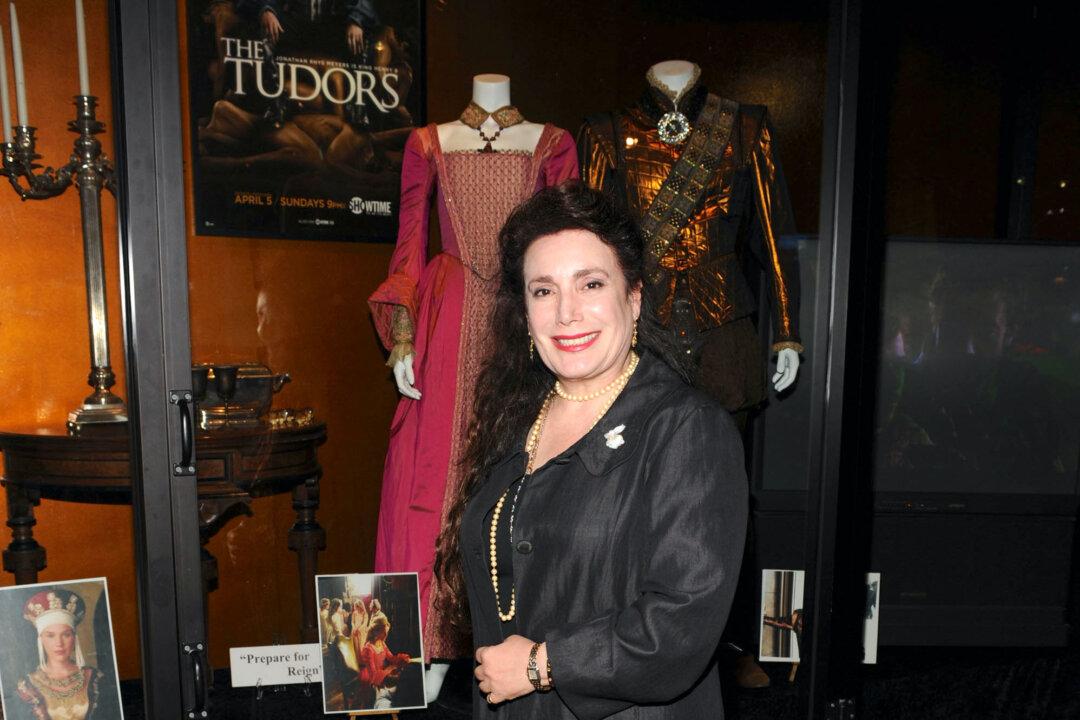Commentary
I’m a Hollywood historian and an opera singer, which are two rather disparate fields of interest, especially for someone in my age bracket. However, during the Golden Age of Hollywood, being an opera singer and a member of the film industry went hand in hand. One of the only other people I know who has joint interests in old movies and classical music, especially of a bygone era, is Donelle Dadigan. Often called the most influential woman in Hollywood, Ms. Dadigan is the founder and president of the Hollywood Museum.





